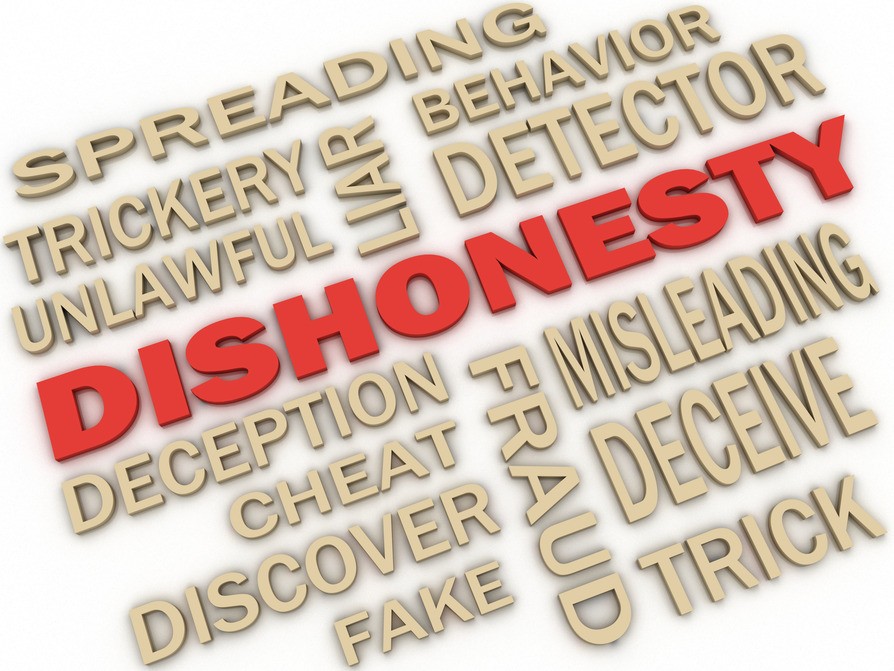
Stryker Investigation Services Inc. One solution for all your investigative services since 2000 San Francisco (800) 733-1950
EMPLOYEE EMBEZZLEMENT AND THEFT
We will work with our clients to outline and define the scale of the embezzlement investigation project, identify the scope of work, and create an action plan outlining our procedures. The purpose of a detailed action plan is to outline a strategic process of evidence acquisition (evidence management) that can be explained, preserved, and presented as evidence during judicial proceedings. During the course of our investigation, we will conduct a recorded interview(s) with implicated personnel and witnesses. Once the dishonest employee is identified and the evidence is sufficient to establish guilt, the investigator then presents the dishonest employee with an opportunity to confess and provide a written statement about the thefts they committed. Our investigator will ask that they identify any other persons involved in the theft. Our investigator will have the dishonest employee provide specific details dates, times, circumstances, and the property involved. Next is the preservation of evidence. All evidence obtained during our investigation, that is relevant will be securely stored until presented in court. Stryker will also conduct background research and, where appropriate, interrogation to uncover key information relevant to the investigation.
What is an Embezzlement, and what is an Embezzlement Investigation? Embezzlement occurs when a person is entrusted with property, money, or a company’s assets and expected to safeguard them and, without the consent of the owners, fraudulently steals or misappropriates – conversation or conceals the theft. When a company conducts an internal or external audit and discovers that money is missing from financial records or assets are missing from inventory and are not found in internal or external audits. It is essential to conduct an in-depth investigation.
Employee Theft and Embezzlement – You might think your employees would never steal from you, but you couldn’t be more wrong. Employee theft costs U.S. businesses up to $200 billion each year. Most employees are very honest. But unfortunately, inside many companies, there are a few workers looking for any chance to steal money or products from the company. Employee theft costs U.S. businesses up to $200 billion in annual losses. This is a very real threat – a dishonest employee can do serious damage to a small business’s bottom line. Managers work hard to hire trustworthy employees, but stealing can occur in any business. Theft in the business world takes different shapes. You may discover an employee stealing products, supplies, or money from your company. An employee may violate company policy by improperly using intellectual property or completing a timesheet inaccurately to get paid for time not worked. Any form of employee theft hurts your business and presents you with a difficult management situation. The way you handle the theft depends on your company’s policies and the severity of the infraction.
-
Cash
Employees can transfer money from cash registers into pockets when they handle sales, or they can sneak cash out of open or unsecured safes or petty cash drawers or boxes. In addition, an employee might also quote to a customer a purchase amount higher than the actual price of an item and then keep the difference at the point of sale.
-
Merchandise
Loss of inventory or shrinkage from theft can happen in the merchandise distribution process. It frequently occurs on the sales floor with employees hiding merchandise in apron pockets or on shelves behind other items to pick up at the end of their shift.
-
Supplies
Some employees pocket small items such as pens, staples, or scissors slowly and repeatedly over time or take them on the day they quit before they officially resign. Others steal more expensive items, such as furniture or equipment, after hours when they work unsupervised overtime or after they access your business without permission when it’s closed for the day.
-
Payroll
Employees sometimes falsify records or perform actions that result in receipt of payment for work they didn’t do. Some employees request reimbursement of travel or other expenses unrelated to work, such as reimbursement of a business lunch that was actually a personal meal.
Embezzlement is the act of dishonestly withholding assets for the purpose of conversion (theft) of such assets by one or more individuals to whom such assets have been entrusted to be held and/or used for other purposes. Often, it involves the trusted individual embezzling only a small proportion or fraction of the total of the funds or resources he/she receives or controls in an attempt to minimize the risk of the detection of the misallocation of the funds or resources. When successful, embezzlements continue for years (or even decades) without detection.
PREVENTING THEFT STARTS WITH BACKGROUND CHECK PRIOR TO EMPLOYMENT
-
 Nanny, Caregiver, Babysitter
Nanny, Caregiver, Babysitter Professional License Search
Professional License Search Employment Verification
Employment Verification -
 Reference Verification
Reference Verification Address and Contact Verification
Address and Contact Verification Potential Business Partner
Potential Business Partner -
 Potential Employee Screening
Potential Employee Screening Potential Tenant Screening
Potential Tenant Screening Driver’s History Report
Driver’s History Report -
 CCW Permit
CCW Permit Skip-trace / Confirmed Locates
Skip-trace / Confirmed Locates CV Education Verification
CV Education Verification

Employee Theft and Embezzlement Statistics:
- One out of every 36 employees was apprehended for theft from their employer in 2011. (Based on comparison data of over 2.8 million employees.)
- Apprehensions: Survey participants apprehended 71,505 dishonest employees in 2011, up 3.3% from 2010.
- Recoveries: Dollars recovered from dishonest employee apprehensions totaled over $47 million in 2011, an increase of 5.6% from 2010.
- Apprehensions: 69,373 dishonest employees were apprehended in 2010, down 0.4% from 2009.
- On a per-case average, dishonest employees steal almost 6 times the amount stolen by shoplifters ($665.77 vs $113.30).
- The average dishonest employee case value in 2011 was $665.77, a 2.29% increase over 2010’s average case value ($650.84)
Although many preventative measures exist to combat the five most common ways employee theft occurs, some measures can help lower the impact on your business. For example, compare physical inventory against shipment and sales records; perform cash, payroll, and computer usage audits; and install security systems such as time-tracking devices and cameras to monitor employee activity. In addition, train employees to recognize common behavior patterns of thieves, such as repeated requests for outside breaks, unsupervised overtime, or to be transferred to a stockroom or cashier position.
-
Catching Dishonest Employees as a Supervisor:
- Carefully document each instance of theft.
- Look for inconsistencies in your records.
- Pay extra attention to special register functions.
- If cash is being stolen, instate a register-counting system.
- When possible, consult video surveillance data.
- Hold one-on-one employee interviews for information.
-
Consider hiring an outside investigator for an internal audit.
-
Confront stealing employees only when you have convincing evidence.